I’ve written several posts about the rapid advances that have been made recently in the field of robotic prosthesis for people who have either lost a limb or the use of their limbs. See posts of 14Aug2019, 23Feb2019, 17Feb2018 and 29Apl2017. I must admit however that the latest breakthrough has me simply stunned; a man who had lost all control of his four limbs has been able to walk again using a robotic exo-skeleton controlled by only his thoughts, and a highly advanced computer interface.
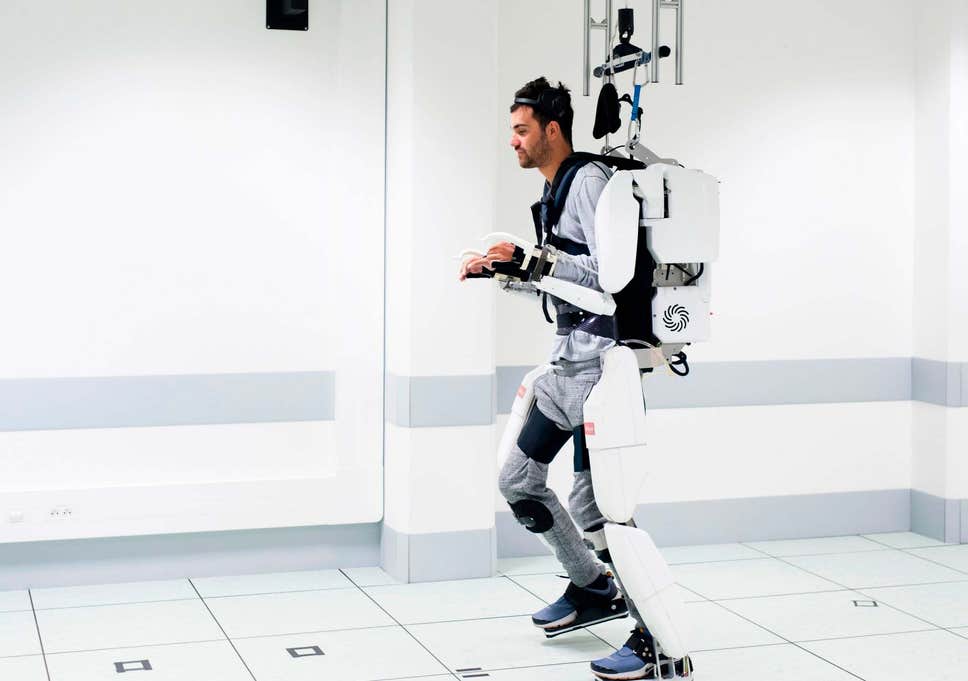
The research is taking place in France at Clinatec, the University of Grenoble’s Center for Biomedical Research. The test subject, a 28-year-old man named Thibault, is paralyzed from the shoulder down due to a severing of his spinal column in a 12-meter fall from a balcony.
In order to read his thoughts a sensory device was implanted in each hemisphere of his skull between the skin and his brain. The two sensory discs were each 5 cm in diameter and contained 64 separate sensors. The electronic ‘brain waves’ generated by the sensorimotor cortex of the brain are captured by these sensors and fed into a computer. The computer then uses an algorithm to translate the brain impulses into commands for movements of the mechanical exo-skeleton.
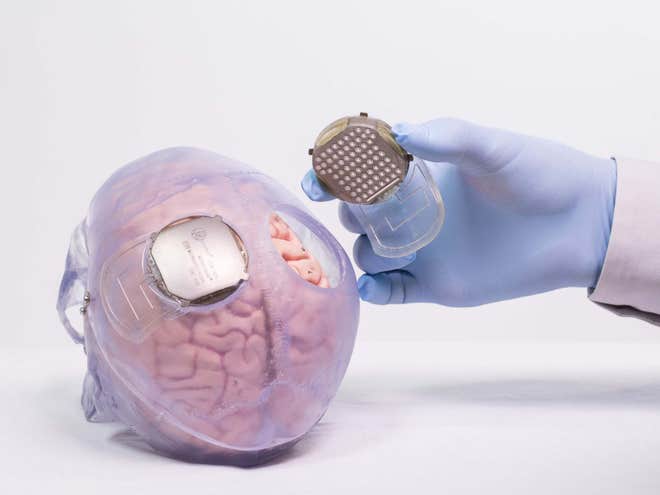
Needless to say it’s not really all that simple. In fact it took two years of trial and error in order for both Thibault to learn how to frame his thoughts correctly and to teach the computer algorithm to correctly translate those thoughts into the desired motion commands. Much of this practice was actually carried out in virtual reality with Thibault and the computer moving computer generated images of limbs.
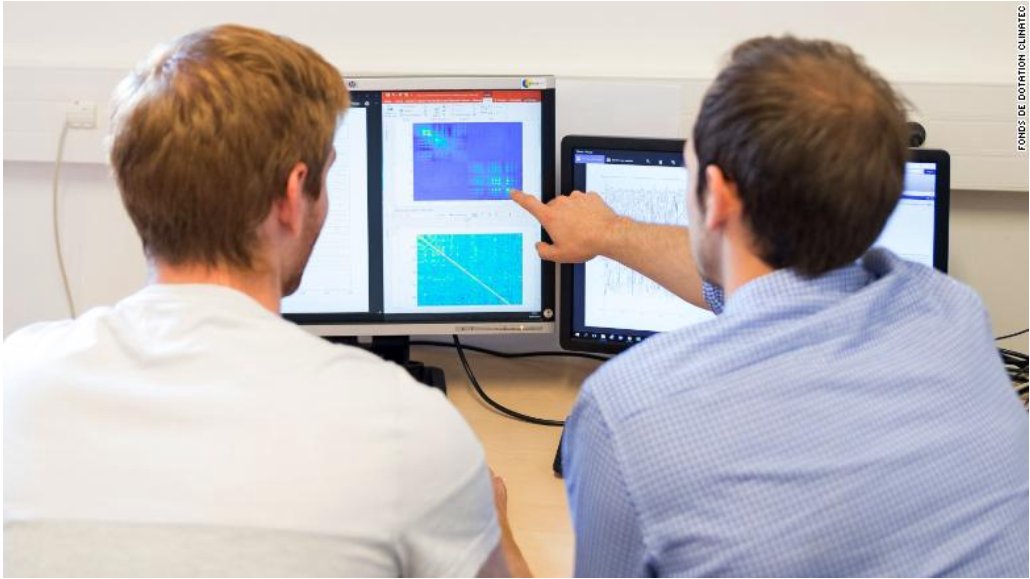
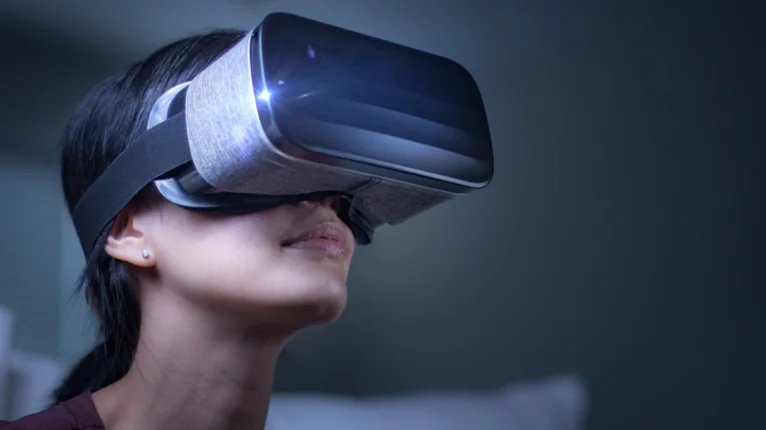
Once the researchers were confident enough they placed Thibault into the actual 65 kg exo-skeleton and studied him while he successfully walked a total of 145 meters. Since the researchers expected balance to be an issue the exo-skeleton was connected to a ceiling mounted harness that provided stability but all of the movements of the exo-skeleton were controlled by Thibault’s thoughts.
According to Professor Stephan Chabardes, author of the study and a neurosurgeon at the University’s hospital, “Our findings could move us a step closer to helping tetraplegic patients to drive computers using brain signals alone, perhaps starting with driving wheelchairs using brain activity instead of joysticks and progressing to developing an exo-skeleton for increased mobility.”
Research is continuing, the scientists hope that soon Thibault will be able to walk in the exo-skeleton without the ceiling harness in the next phase of the program. Also, three other patients have been recruited for further trials. Although the system is certainly not ready for general use the researchers hope that in time improvements will allow the exo-skeleton to become commercially available.
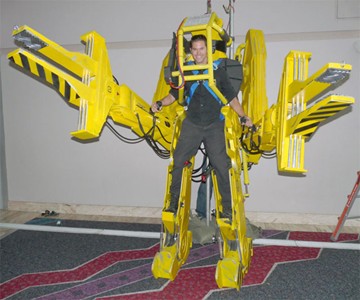
The development of the Grenoble exo-skeleton is another step in the direction of a Human Machine Interface (HMI) that will allow humans to both control and receive information from advanced mechanical and computer systems. Someday a fully functioning HMI might blur the line ourselves and our creations.
